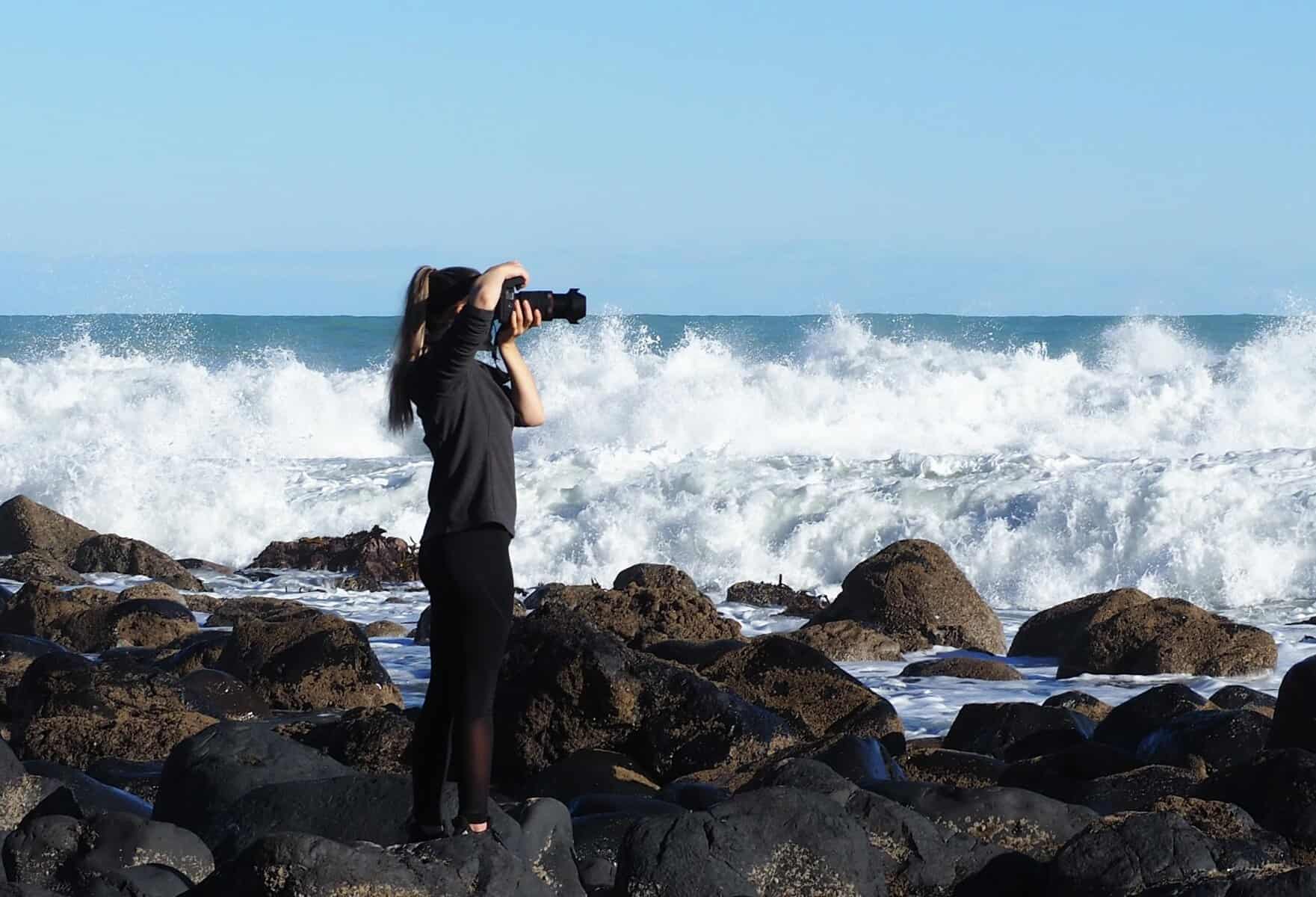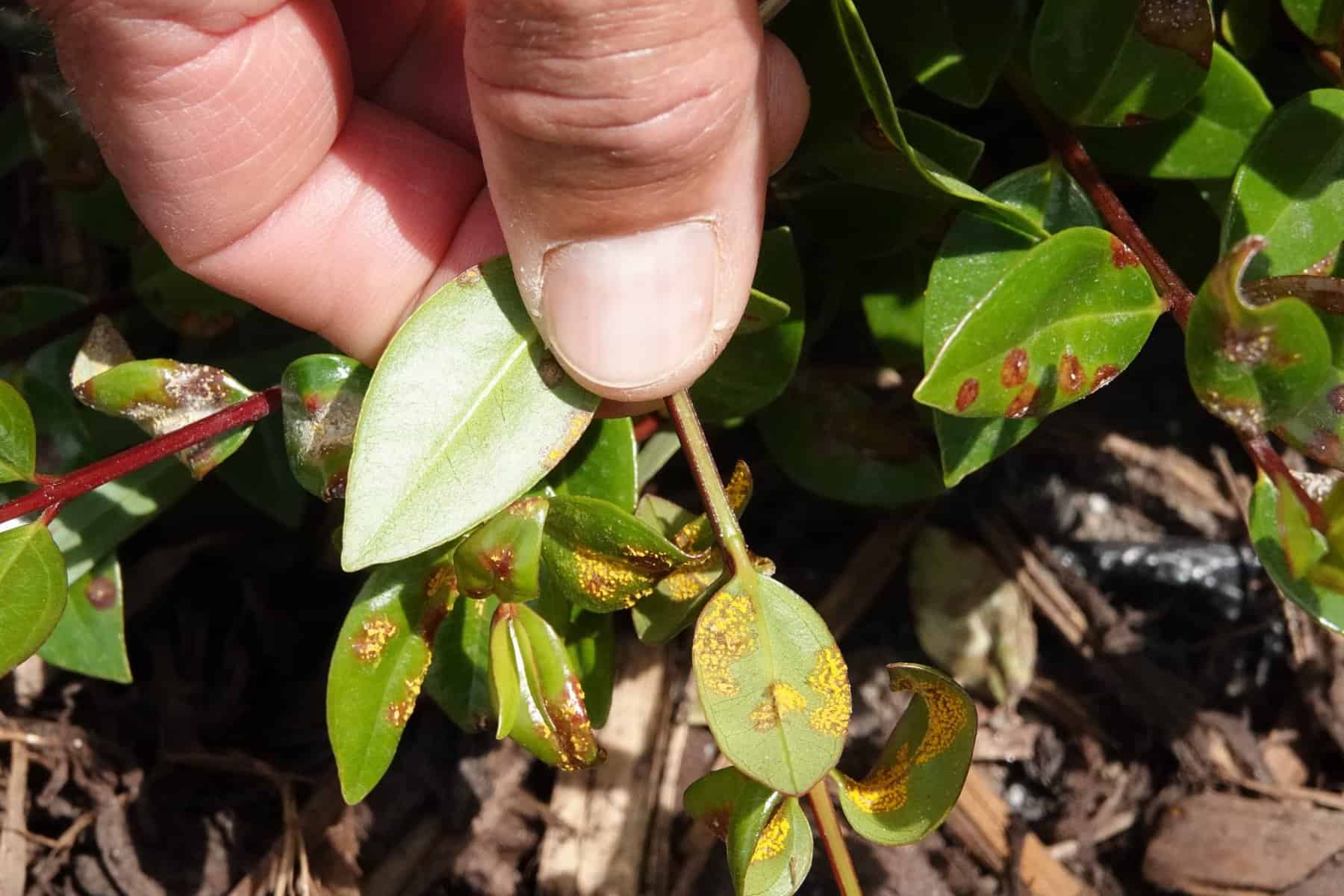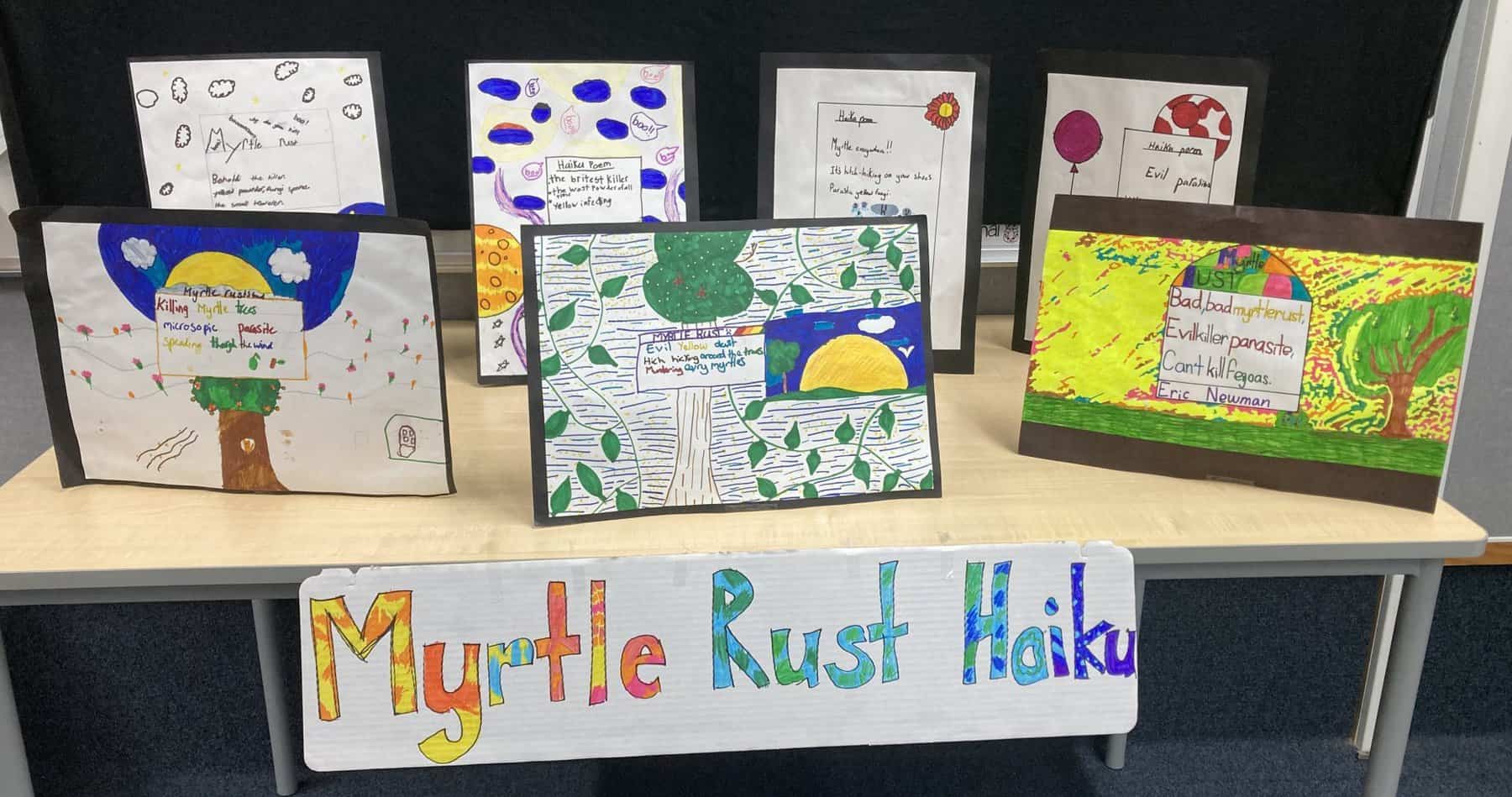Waimirirangi Ormsby (Waikato, Ngātiwai) is our newly appointed Kaiārahi (Knowledge Broker Māori). Waimirirangi met with BioHeritage writer Kerry Donovan Brown to share her vision for her Kaiārahi role. In doing so she reflected on the ways she is shaped by her connection with Aotearoa, and the Aotearoa she’s helping shape for her descendants.
Category: News
Kauri Ora and Myrtle Ora community meetings – invaluable places to connect
The Kauri Ora and Myrtle Ora community meetings are hui ā-ipurangi (virtual meetings) open to the public, where regional councils, researchers and communities give updates on operations and on the science on these two pathogens. Resources are shared, questions are posed, and connections are made all across Aotearoa. For the September hui, the Kauri Ora platform uplifted a special exhibition showcasing the knowledge and artistry of some of our youngest environmental kaitiaki (guardians).
The New Zealand Merino Company signs on to partner with Eco-index
The New Zealand Merino Company (NZM) is teaming up with the Eco-index programme to develop remote-sensing technology for quantifying native biodiversity on sheep farms.
Ngā Pī Ka Rere spotlight: Izzy Busby, fascinated by citizen science
Izzy Busby is passionate about science accessibility. She is harnessing her passion in a new role as research fellow for Novel Tools and Strategies – Supporting PF2050. In this role, she will be developing a software tool to help communities make decisions about invasive mammalian predator control.
Stepping up: Cecilia Arienti-Latham joins Waitangi Wood to co-lead Integrated Surveillance
Time for a swap within Theme 4! With former co-lead Dr Dean Anderson moving into research for Integrated Surveillance, researcher, Cecilia Arienti-Latham, will be joining Waitangi Wood in the co-leadership role. Cecilia gives us insight into her experience working on the theme.
Ngā Pī Ka Rere spotlight: Susanna Finlay-Smits, bringing anthropology to biosecurity
Susanna Finlay-Smits is a social scientist at AgResearch who works across numerous BioHeritage programmes. She brings a unique perspective and background to all of her mahi.
Ngā Pī Ka Rere spotlight: Robbie Maris, promoting freshwater biodiversity
BioHeritage welcomes a new Master’s student, Robbie Maris, to Strategic Objective 2: Empowering Kaitiakitanga & Environmental Stewardship. Robbie will be working to empower individuals to participate in activities that promote urban freshwater biodiversity.
Kauri dieback National Pest Management Plan update
On 2 August, the National Pest Management Plan for the protection of kauri (NPMP) came into force. The NPMP establishes clear objectives and a consistent approach for managing the risk of Phytophthora agathidicida across Aotearoa.
Lightless, not lifeless: Cave biodiversity and protection in Aotearoa
Accoladed scientist and author Jared Diamond has said that the closest human beings have come to visiting an alien planet was when Moananui explorers first landed their waka on the shores of Aotearoa. If our ecosystems are unique enough to warrant comparison with extra-terrestrial life, then life in our remote caves must be even more alien. BioHeritage spoke to Anna Stewart, research and conservation coordinator at The New Zealand Speleology Society, about these lightless worlds and how to protect them.
Traveling again? Be vigilant and use Find-A-Pest
Our borders are open again, and New Zealander’s and tourists are now able to come and go freely. But with freedom comes responsibility: we must all do our part in preventing unwanted organisms and pests from entering the country in luggage and parcels. Find-A-Pest can help.
Te Whakahononga presents alongside an incredible line-up at Te Wānanga Whakamātaki
Ngā Rākau Taketake (NRT) Māori co-leads took the stage to talk about Te Whakahononga – a unique approach to engagement – at Te Wānanga Whakamātaki in late July.
Ngā Pī Ka Rere spotlight: Corey Ruha, mapping the Te Arawa rohe
Eco-index welcomed data scientist Corey Ruha (Te Arawa) to the team this year. Corey is developing a working model for the Eco-index tools in the context of Te Arawa catchments. He hopes the model will help iwi, hapū and whānau in other parts of Aotearoa visualise their rohe.
Ngā Pī Ka Rere spotlight: Kevan Cote, using machine learning to answer ecological questions
Kevan Cote’s work at AgResearch first involved tracking the welfare of goats, and more recently for Eco-index he’s creating systems to distinguish between ecosystem types. Two very different subjects, but with a fascinating common factor at play: machine learning.
Joy and synchrony: the making of Kauri K9s
At the end of June, Wen Qing Ng submitted her thesis for her Masters of Science Communication. The creative component of this involved producing a short film, introducing us to Mawhai and Pip and their role in reducing the spread of Phytophthora agathidicida and kauri dieback.
Ngā Rākau Taketake teams showcase their results
Conference season has returned at last! Despite the added facial attire, our plant pathogen teams made the most of being able to connect kanohi ki te kanohi at the recent New Zealand Plant Protection Society conference.
How Did Konini Primary Celebrate Matariki?
Toitū te Ngahere is a project exploring art in schools for ngahere ora (forest health). Using the processes inherent in art making, Toitū te Ngahere empowers tamariki to develop and tell stories about their own relationships with local ecosystems. This year, three classes at Konini Primary curated art and performance to share with their community at their Matariki celebration.















